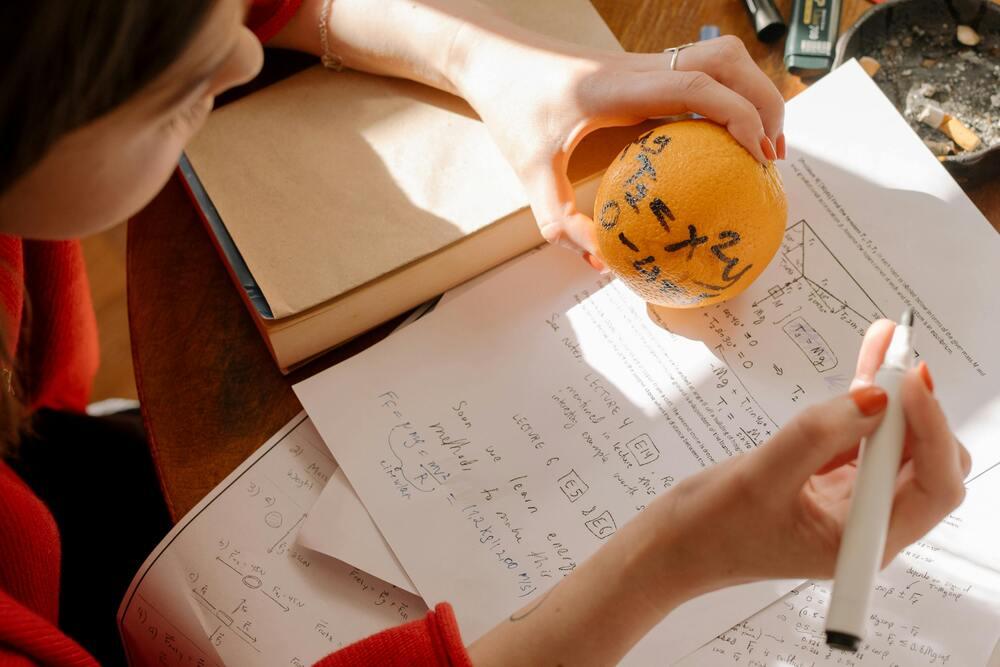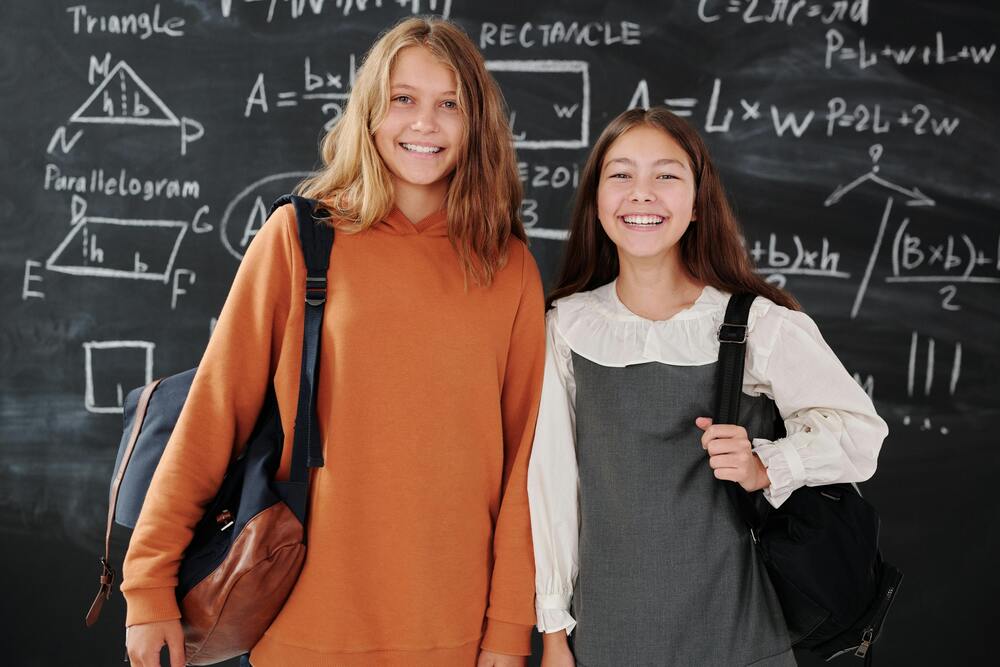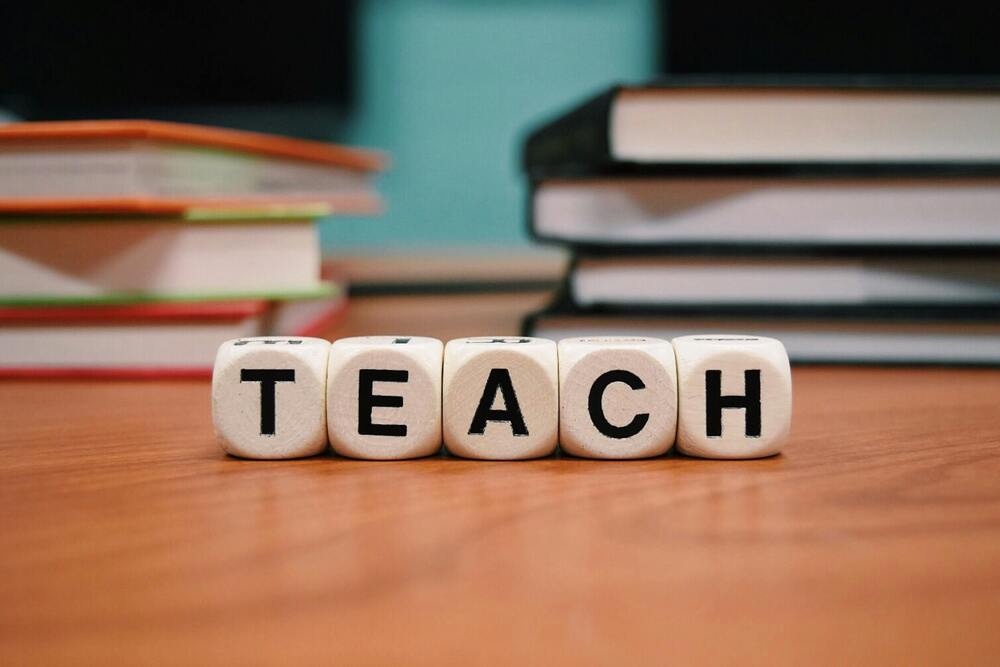In a world where distractions are just a click away, engaging reluctant students can feel like an uphill battle. However, with the right strategies, learning can transform from a chore into an exciting adventure! ? Here are five innovative ways to make learning enjoyable and effective, ensuring that even the most hesitant learners find joy in education.

1. Gamify the Learning Experience
Gamification is a powerful tool that can turn mundane lessons into thrilling challenges. By incorporating game elements such as points, levels, and rewards, students become more motivated to participate.
Benefits of Gamification:
- Increased Engagement: Students are more likely to participate when they feel they are playing a game.
- Immediate Feedback: Gamified learning often provides instant feedback, helping students understand their progress.
| Game Element | Description | Impact on Learning ? |
|---|---|---|
| Points System | Earn points for completing tasks | Boosts motivation |
| Leaderboards | Displays top performers | Encourages healthy competition |
| Badges | Rewards for achievements | Fosters a sense of accomplishment |
For more insights on gamification, check out Edutopia's guide.
2. Incorporate Technology
Incorporating technology into the classroom can make learning more interactive and engaging. Tools like educational apps, online quizzes, and virtual reality experiences can captivate students' attention.
Popular Educational Technologies:
- Kahoot!: A game-based learning platform that allows teachers to create quizzes that students can answer in real-time.
- Google Classroom: A platform that streamlines assignments, boosts collaboration, and enhances communication between teachers and students.
| Technology Tool | Purpose | Student Engagement Level ? |
|---|---|---|
| Kahoot! | Interactive quizzes | High |
| Quizlet | Flashcards and study tools | Moderate |
| Nearpod | Interactive lessons with VR options | Very High |
For more on educational technology, visit Common Sense Education.
3. Foster a Collaborative Learning Environment
Collaboration can significantly enhance the learning experience. When students work together, they can share ideas, solve problems, and learn from one another.
Benefits of Collaborative Learning:
- Social Skills Development: Students learn to communicate and work as a team.
- Diverse Perspectives: Group work allows students to see different viewpoints, enriching their understanding of the subject matter.
| Collaboration Method | Description | Benefits ? |
|---|---|---|
| Group Projects | Students work together on a task | Enhances teamwork skills |
| Peer Teaching | Students teach each other | Reinforces knowledge |
| Discussion Circles | Open discussions on topics | Encourages critical thinking |
To explore more about collaborative learning, check out TeachThought.
4. Use Real-World Applications
Connecting lessons to real-world scenarios can make learning more relevant and exciting. When students see how their education applies to everyday life, they are more likely to engage.
Examples of Real-World Applications:
- Math in Cooking: Using recipes to teach fractions and measurements.
- Science in Nature: Conducting experiments outdoors to study ecosystems.
| Subject | Real-World Application | Student Interest Level ? |
|---|---|---|
| Math | Cooking and budgeting | High |
| Science | Environmental studies | Very High |
| History | Local history projects | Moderate |
For more ideas on real-world learning, visit Education Corner.
5. Encourage Creativity and Self-Expression
Allowing students to express themselves creatively can lead to a more enjoyable learning experience. Whether through art, writing, or performance, creativity can help students connect with the material on a deeper level.
Creative Learning Activities:
- Art Projects: Create visual representations of concepts.
- Creative Writing: Write stories or poems related to the subject matter.
| Creative Activity | Description | Impact on Learning ? |
|---|---|---|
| Art Projects | Visual representation of concepts | Enhances understanding |
| Role-Playing | Acting out historical events | Increases engagement |
| Storytelling | Sharing personal connections to topics | Fosters empathy |
For more on fostering creativity in the classroom, check out Edutopia's creativity resources.
Conclusion
Making learning fun for reluctant students is not only possible but essential for their academic success. By gamifying lessons, incorporating technology, fostering collaboration, using real-world applications, and encouraging creativity, educators can create an engaging and dynamic learning environment. ? With these strategies, even the most hesitant learners can discover the joy of education!
Remember, the goal is to inspire curiosity and a love for learning that lasts a lifetime. So, let’s make education an adventure! ?



